
- The Importance Of Rank Tracking Local Keywords In 2018 - June 5, 2018
- How to Spot Opportunities from your Competitors’ Backlinks - July 19, 2017
- Why You Should Monitor Your Brand Daily - May 26, 2017
The digital landscape is full of secrets, but most of these secrets don’t stay hidden for long. With a strong website performance tracking tool, you can uncover some of the data that your competitors fail to notice. The key here is tracking the right metrics and translating them into a comprehensive report.
Where Do You Start?
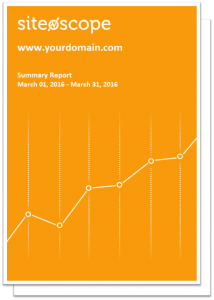
How do you know you’re looking at the right metrics when measuring your website’s performance? Most website owners spend weeks or months on data gathering, but it can be hard to determine if the results are worth the time and effort.
Looking at a single metric won’t give away much about your site’s performance. If anything, one metric will only provide you a piece of your digital marketing puzzle.
To give you a head start, Siteoscope provides you with branded SEO ranking reports that show a comprehensive analysis of your website’s most important metrics. We’ll walk you through each of these metrics, so you can develop a solid strategy for your website.
1. Ranking Summary
How can you move forward if you don’t know where you stand? The first step in analyzing your website performance is to know how you’re faring in the competition in terms of rankings. This shows whether your strategies are effective, as every page should be optimized to drive traffic. Moreover, you get to see all the keywords in your campaign, their current position, local and global volume, and competition level.
The Ranking Summary provides the starting point for finding opportunities—especially on keywords that are on position 2. By understanding the visibility of your website on the Search Engine Results Pages, you know which keywords to bump and to put on hold to get better traction on your campaigns.
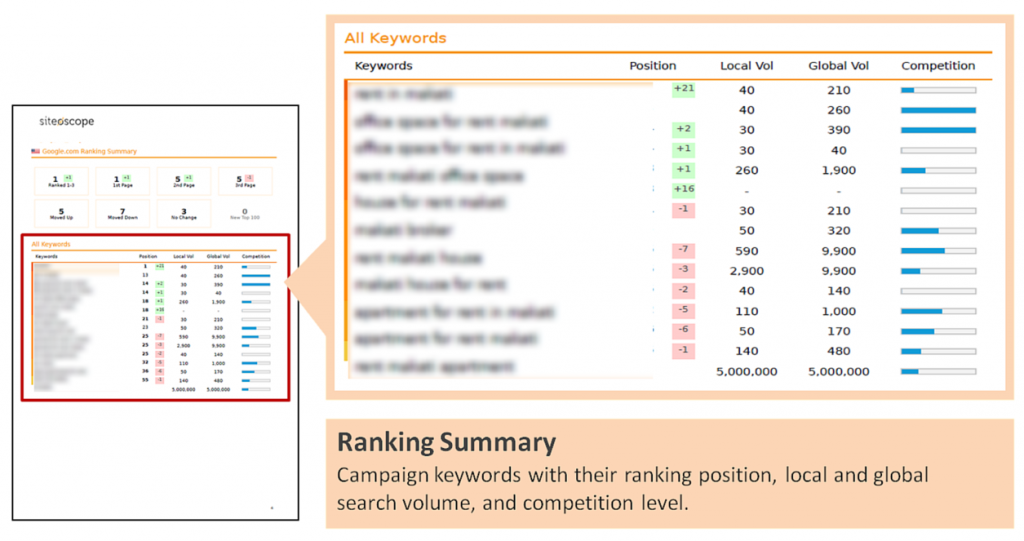
2. Ranking Trends
With a view of your ranking trends, you can see how the positions of specific keywords are evolving over a course period on search engines. The Ranking Trends metrics indicate the monthly progress of your search terms and their current position.
By including this in your report, you can have a holistic view of your keyword performance in terms of search placement.
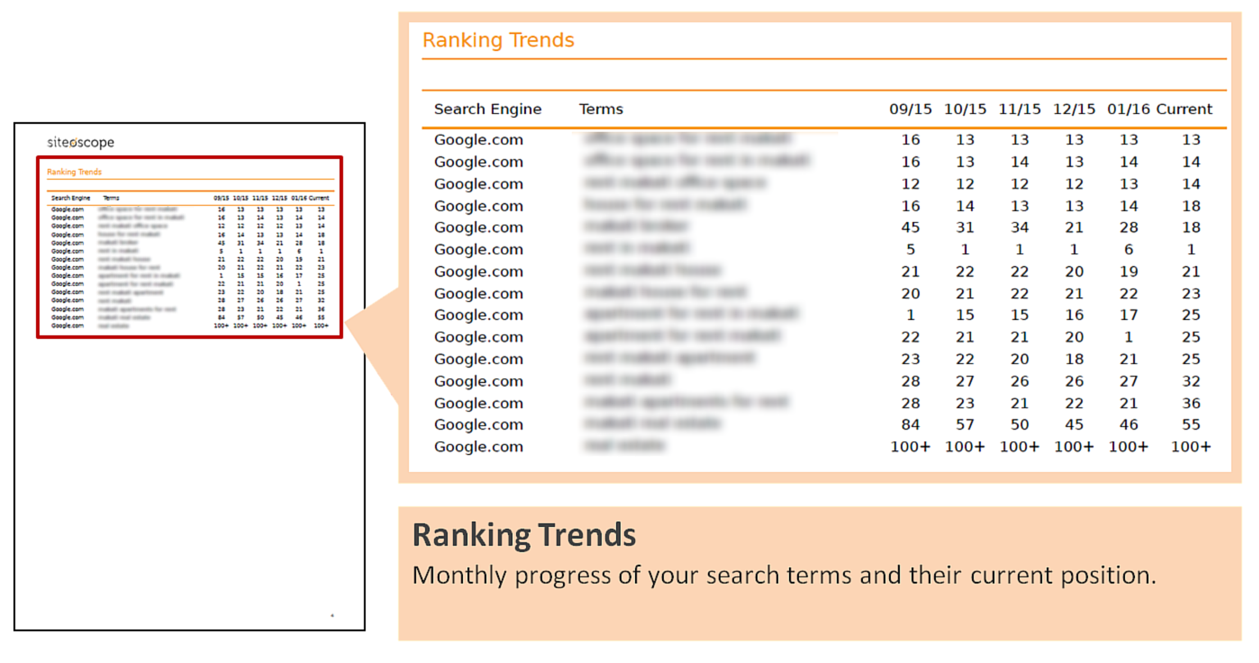
3. Organic Traffic: Top Performing Search Terms
Keyword performance can be a great way to measure the terms you’re aiming to rank for. This can provide you a few insights on the search terms that attract visits. This makes it easier to create an effective SEO plan that will target the right keywords.
Measuring keyword performance is not just about looking at the top performing keywords, though. This also allows you to spot opportunities for search terms that have potential to rank. For instance, keywords that have a low number of visits but a high number of page views may indicate that you need to better optimize your landing pages.
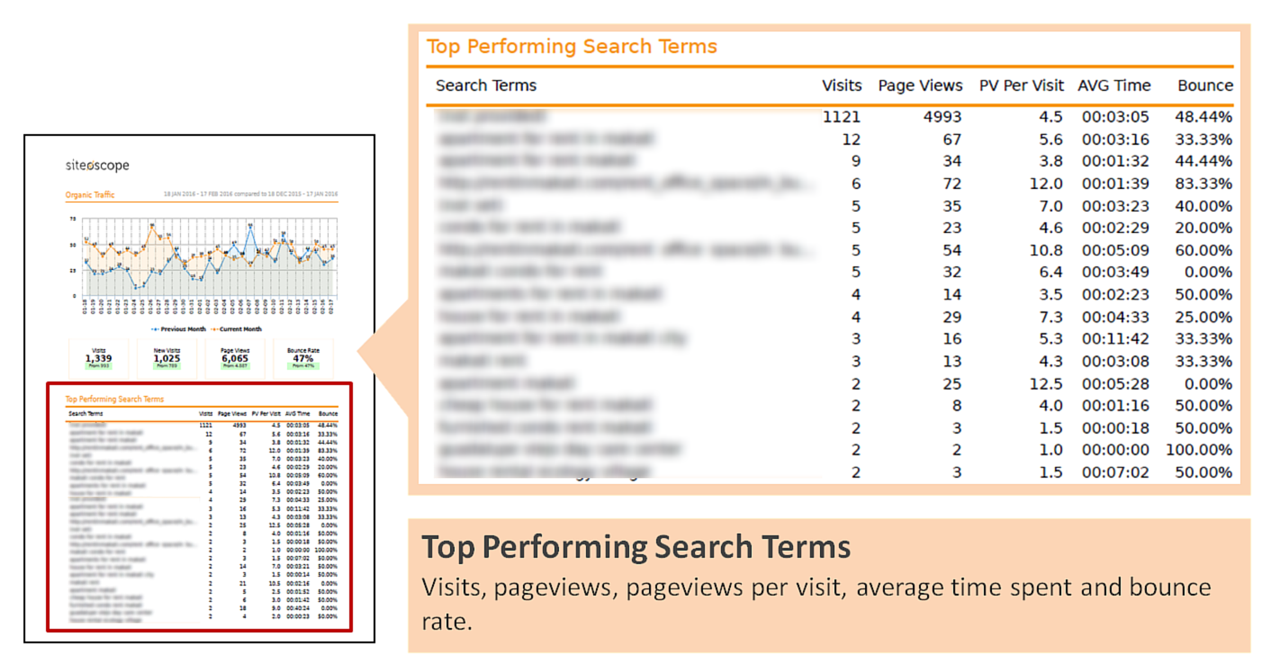
4. All Traffic
A look at your traffic sources will enable you to drill down your metrics in terms of:
- Leading search referrals
- Leading search engines
- Leading medium referrals
- Leading site referrals
Analyzing these elements will make it easier to determine what terms provide the highest referrals, which search engine has the most number of queries with your terms, what type of medium sends the most traffic, and where your traffic is coming from. With this data, you can fine-tune your website to meet optimal traffic performance.
5. Competition Analysis
Wise site owners do not face their competitors without knowing what’s in front of them. Our report provides an analysis of how your competitors are doing on a specific search term. Our Competitor Analysis shows a comparison of your keyword performance against that of a competitor site. This also includes the organic results with the keywords you’re ranking for.
This part of the reporting gives you the relevant data to choose target keywords that need more tweaking to outrank the competition. With this input, you can expand, filter, or organize your keyword list to improve your website performance.
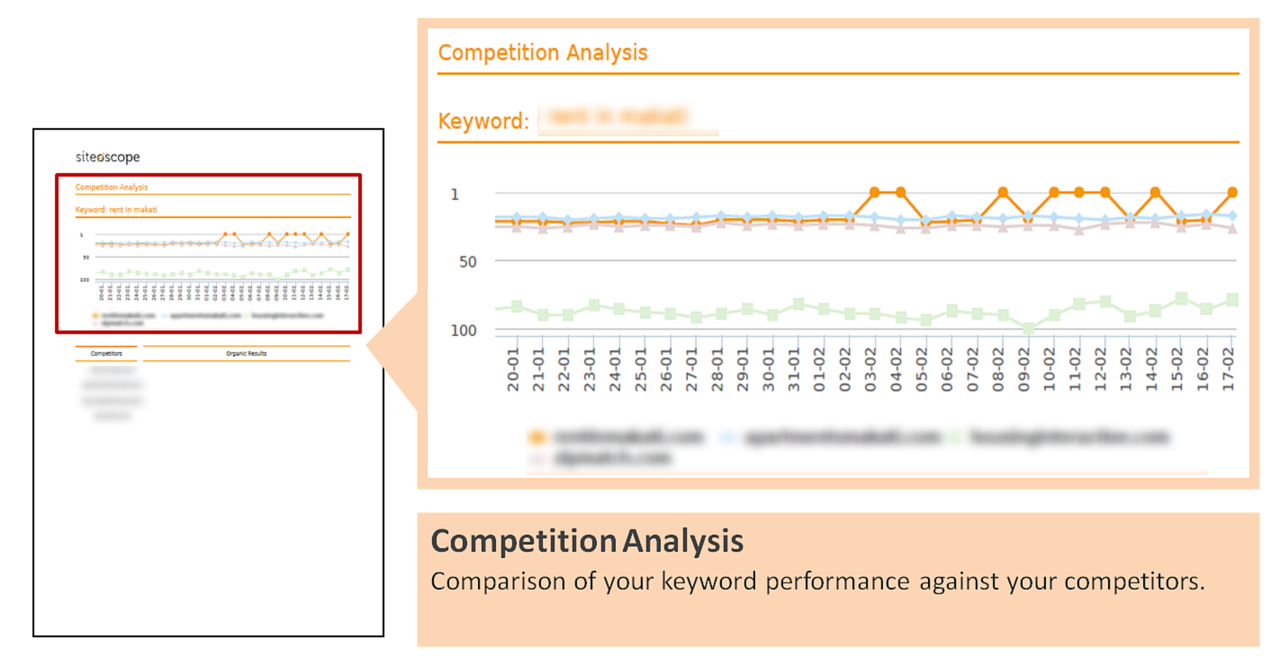
6. Social Signals
Engagement is one factor that search engines value when looking at a site’s performance—and this includes social activity. Active social presence can be a good starting point for building authority, trust, and traffic.
By looking at your social signals, you can measure how your website is being actively shared by visitors. Through this, you can develop your digital marketing efforts and maximize the right social platform. In turn, you can get more repeat visitors, improve average session duration, and reduce bounce rates.
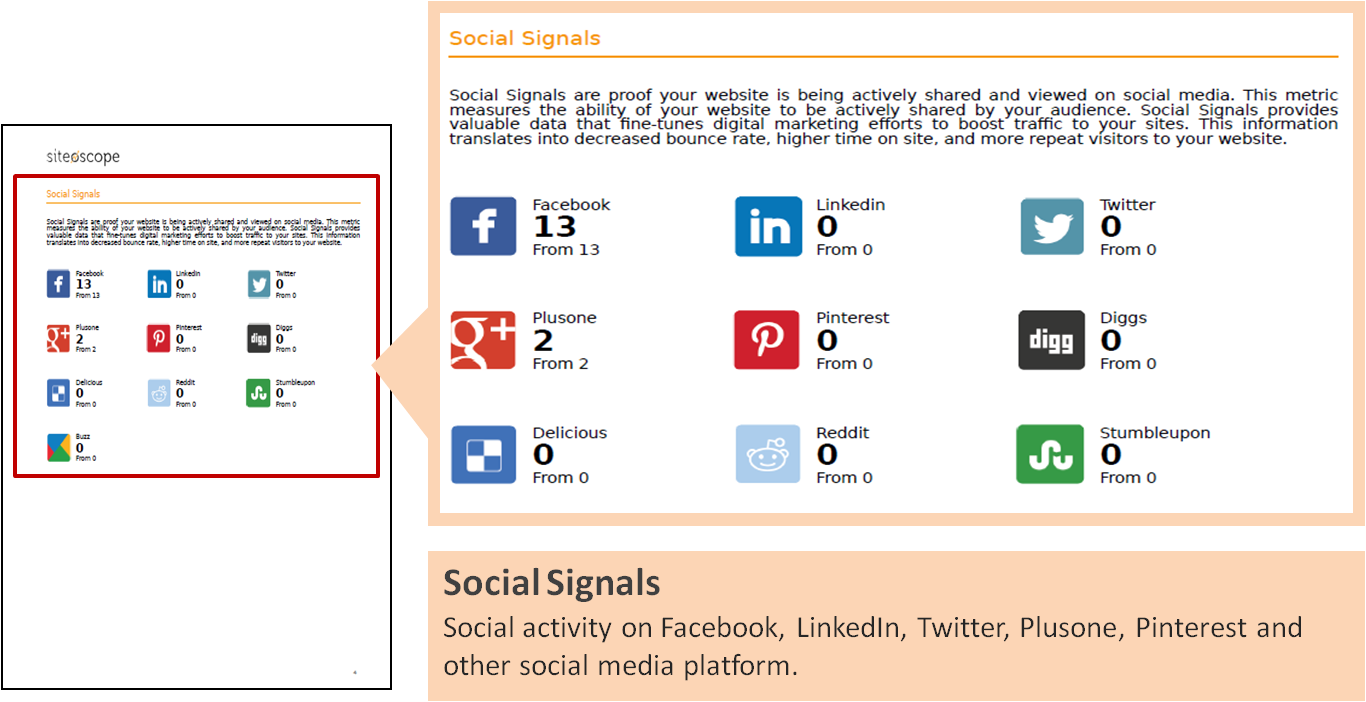
7. Recent Links Acquisitions
Backlinks remain an integral factor in any marketing initiatives, as they require strategic effort to build. But, how do you know you’re scraping all the link assets for your website? Our Recent Links Acquisitions provide you the stats for all the backlinks that point to your site for the duration of the campaign.
With this metric, you can identify growth opportunities for campaign scaling. This provides you with additional insights when it comes to page performance and your site’s current backlinks profile, which can translate to improved search visibility.
By gathering all the data you need in a single report, you can delegate your SEO efforts to the appropriate elements and determine what works for your website.
Siteoscope’s branded reports shows you the bigger picture of search. Sign up today and we’ll show you how to use your reports as a tool for boosting your site’s performance and your business as a whole.
